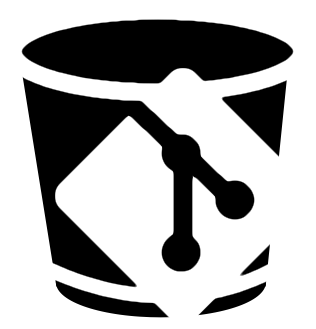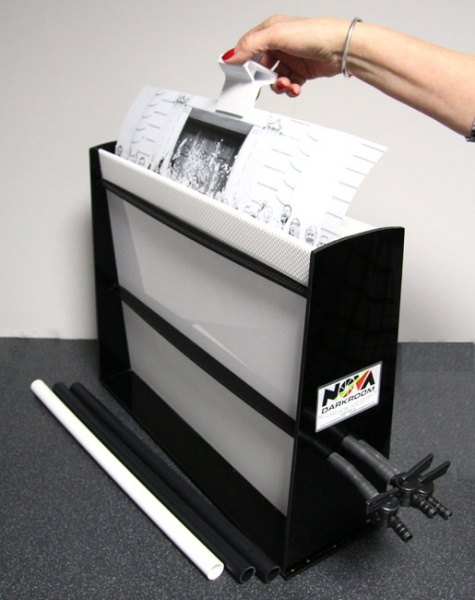Very interesting. Thank you.
May I make a few random comments?
I’m unfamiliar with your use of the word “geometry” in this context.
To my surprise, “Extreme” Minimum agitation has more agitation than “ordinary” minimal agitation.
It makes good sense that initial agitation reduces drag. We usually think of development as consuming the developer, but of course, it’s consuming developable silver halides too.
I have a Yankee tank. No strategy that I could devise would produce decent negatives from it.
May I suggest that there are other tanks that you might try, if you care to continue your excellent work? I’ve had decent results (by my standards) from both the 5x4 Stearman and the (now out of production) Combiplan. For your purposes, the new 10x8 Stearman tank (which I have not handled) might be ideal.
I’m dwelling on tanks here, because they make development possible without a darkroom and some photographers seem to be without one.
I don’t know if they are available outside the UK , but the vertical tanks made by Nova might prove interesting.
3 slot, 8 x 10in. processing, non-heated

www.firstcall-photographic.co.uk
Thank you again.

 gitbucket.tundraware.com
gitbucket.tundraware.com
 gitbucket.tundraware.com
gitbucket.tundraware.com


